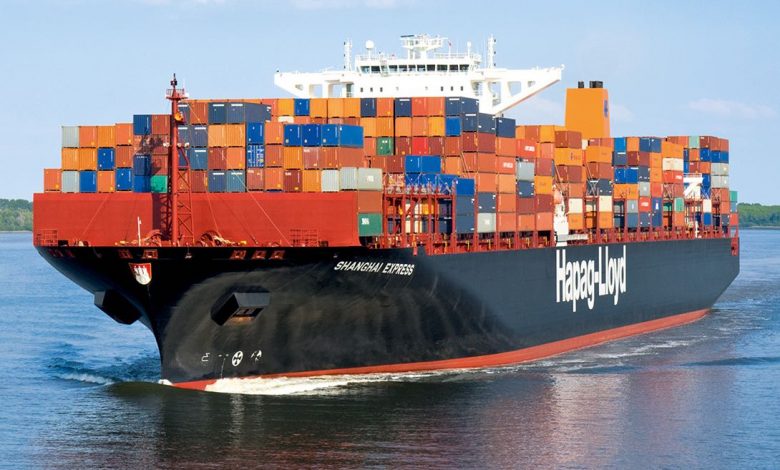
Hapag-Lloyd and UASC sign merger agreement
Hapag-Lloyd and United Arab Shipping Company (UASC) have concluded a business combination agreement to merge creating a fleet of 237 ships with 1.6m teu.
The merged entity, which should be able to ship 10m teu a year, will have an annual turnover of $12bn.
CSAV, the Chilean line absorbed by Hapag-Lloyd 18 months ago, the city of Hamburg and Kühne Maritime will remain anchor shareholders of Hapag-Lloyd, while the Middle Eastern interests backing UASC will take a 14% stake in Hapag-Lloyd.
“This strategic combination makes for both partners perfect sense, since we combine the growing global presence as well as the young and highly efficient fleet of UASC with the broad, diversified market coverage and strong customer base of Hapag-Lloyd. In addition, Hapag-Lloyd has access to the largest container ship class, “said Rolf Habben Jansen, CEO of Hapag-Lloyd.
“With an average age of 6.6 years and an average vessel size of 6,600 TEU, the combined company will have one of the most modern and efficient fleets in the industry,” Hapag-Lloyd claimed in a release today.
The combined company will also be the major partner in the new THE Alliance consisting of Hanjin, Hapag-Lloyd, K Line, Mitsui O.S.K Lines, Nippon Yusen Kaisha and Yang Ming. This alliance is expected to begin operating in April 2017 on all east-west trades.
The merger is expected to be completed by the end of this year.
Commenting on today’s news, Andy Lane from CTI Consultancy reckoned it was a win/win for all concerned, something he admitted was an “unusual outcome” for the industry.
“Hapag might have felt tempted to build new 20,000 teu ships, which would have been very bad for the industry – so a disaster avoided and one less finger on the pricing button,” Lane said.
Seperately, Hapag-Lloyd has revised downwards its predictions for the current financial year citing “weaker than expected” freight rates.
In the second quarter of 2016 the average freight rate of Hapag-Lloyd decreased to $1,019 per teu, $245 less than in the same quarter of 2015.
“The recovery at the beginning of July does not seem sufficient and sustainable enough,” the Hamburg-headquarter line said.
Additionally bunker prices have increased throughout the second quarter of 2016.
One-off related costs linked to the merger UASC will also impact this year’s results.